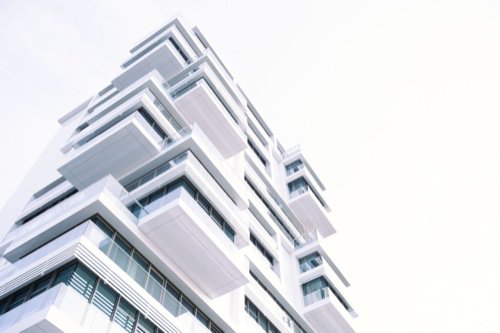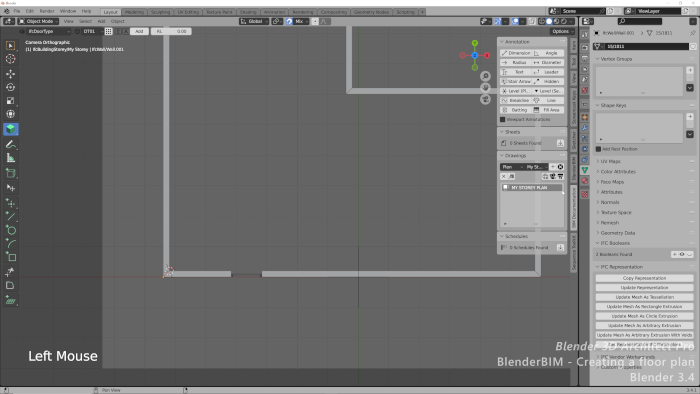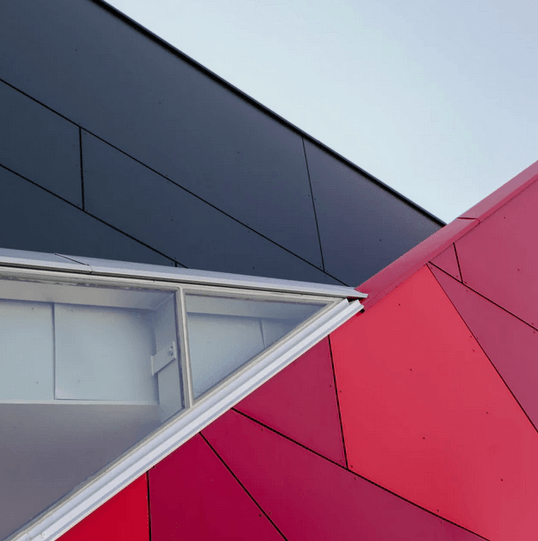
If you missed any of our articles from last week in Blender 3D Architect, you now have the chance to view a summary of all the content we posted. Among the materials, you will always find content related to architecture, furniture models and also news about Blender.
Here is a list of articles from last week:
Besides the interior visualization project, you will also get some great assets for your library with textures and furniture models.
As a highlight, we can point out a great asset for your interior projects with the Avaro Chair. The model is in a friendly format for Blender. You can download the asset in both FBX and OBJ formats.
We also posted a tutorial on how to use the Spin from Blender, like a Fillet replacement for AutoCAD.




